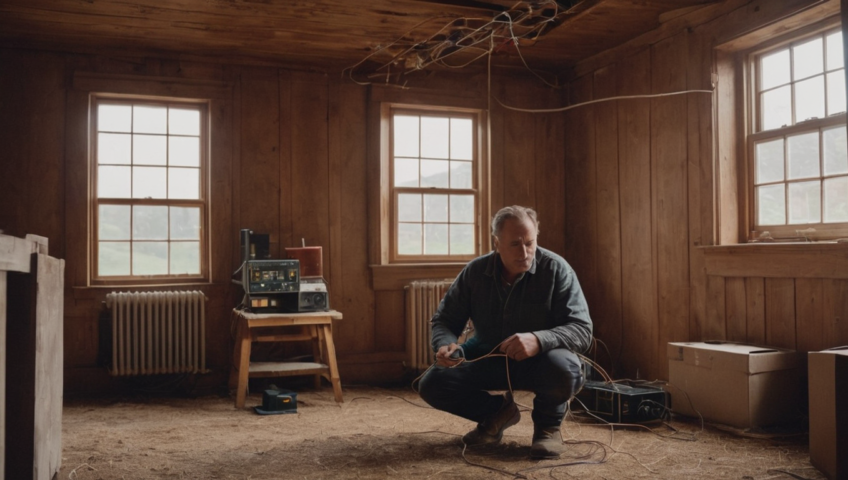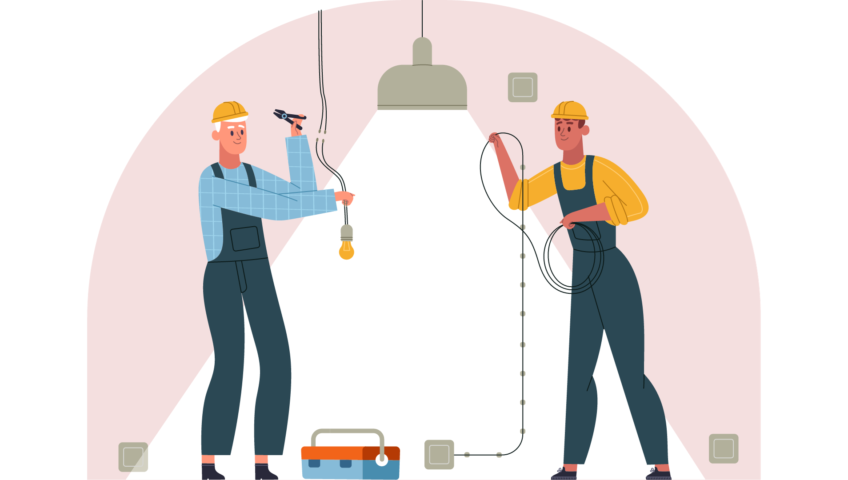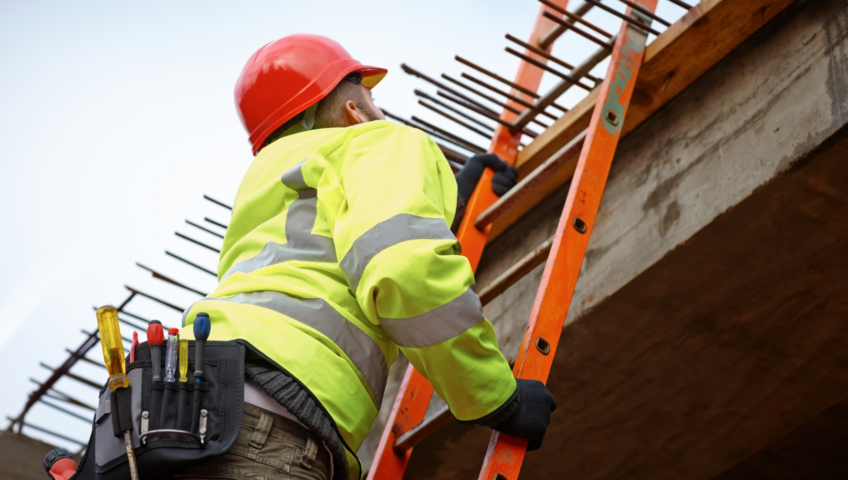Older homes often come with charm and character that many modern houses lack. However, they also often come with outdated electrical systems that can pose safety hazards or can’t handle the demands of today’s technology. If you’ve recently purchased an older home and are considering rewiring it, you should know several important things before diving into this project. Rewiring an older home is a significant undertaking, but with the right knowledge and planning, you can ensure a safer and more efficient electrical system that preserves the home’s character.
Safety First
Before you start any electrical work, safety should be your top priority. Older homes may have outdated wiring, which can be dangerous. If you are not experienced with electrical work, hiring a licensed electrician to assess the wiring and make necessary upgrades is best.
Electrical Inspection
An electrical inspection is crucial when rewiring an older home. A professional inspector will identify any potential hazards and recommend the necessary repairs and updates. This will help you understand the scope of the work needed and give you a clear starting point.
Plan Your Budget
Rewiring an older home can be a substantial expense. Make a comprehensive budget that includes the cost of materials, labor, and any unexpected issues that may arise during the project. Having a clear budget will help you stay on track financially.
Consider Future Needs
Think about your future electrical needs. Older homes may not have the capacity for modern appliances, home offices, or electric vehicles. Plan for the future by ensuring your rewiring project accounts for these possibilities.
Permits and Regulations
You’ll likely need permits for your rewiring project, and it’s important to comply with local building codes and regulations. Ignoring this step can lead to costly fines and complications down the road.
Decide on the Wiring Type
When rewiring, you’ll have the option to choose between different types of wiring, such as traditional Romex, or newer alternatives like armored cables. Your choice may depend on local regulations and your home’s specific needs.
Preserve the Aesthetics
Older homes often have unique architectural features that you’ll want to preserve during the rewiring process. Consider how you can hide wires or select fixtures and outlets that match the home’s style.
Outlets and Lighting
Decide on the number and location of outlets and lighting fixtures. Older homes may not have sufficient outlets for today’s electronics and appliances, so this is your chance to make your home more functional.
Upgrading the Service Panel
Older homes typically have outdated service panels that may not support your electrical needs. Consider upgrading to a larger capacity panel to ensure your home can handle modern electrical demands.
Hire Experienced Professionals
While DIY projects can be rewarding, rewiring an older home is not the best place to start. Hire experienced professionals who understand the intricacies of older electrical systems. Their expertise will help ensure your home is rewired safely and efficiently.
Rewiring an older home is a significant project, but with the right knowledge and planning, it can be a worthwhile investment. Prioritize safety, plan your budget carefully, and consult with experienced professionals to ensure your older home not only maintains its charm but also becomes a safe and modern living space. By following these ten essential steps, you’ll be on your way to creating a beautifully rewired older home that meets your family’s needs for years to come.





Recent Comments